Ever wondered if that dollar bill in your wallet could be a hidden treasure? Some $1 bills, called “star notes,” can be worth way more than their face value—sometimes over $45,000! These special bills have a star symbol in their serial number and are rare finds for collectors. In this fun and easy-to-read guide, we’ll show you how to identify a valuable $1 star note, what makes them so special, and how to check if you’ve got a jackpot in your pocket. Let’s dive in!
What Is a Star Note?
A star note is a U.S. dollar bill printed to replace one that was damaged or misprinted during production. Instead of a letter at the end of the serial number, it has a star symbol (*). The U.S. Bureau of Engraving and Printing (BEP) uses these to keep the right number of bills in circulation. Since fewer star notes are printed compared to regular bills, they’re often more valuable, especially if they’re rare.
Why Are Star Notes Valuable?
Star notes are like the golden tickets of currency collecting! Their value comes from:
- Limited Production: Only a small percentage of bills are star notes.
- Unique Serial Numbers: Some have cool patterns, like low or repeating numbers, that collectors love.
- Printing Errors: Rare mistakes, like duplicate serial numbers, can skyrocket their worth.
- Condition: Crisp, uncirculated notes are worth more than worn ones.
How to Identify a Valuable $1 Star Note
Ready to check your dollar bills? Here’s what to look for to spot a star note that could be worth a fortune.
Step 1: Look for the Star Symbol
Check the serial number on your $1 bill. It’s usually printed in green ink on the front, either to the left or right of George Washington’s portrait. A star note will have a star () at the end of the serial number, like B12345678. If you see that star, you might be holding something special
Step 2: Check the Serial Number for Fancy Patterns
Collectors go crazy for bills with unique serial numbers. Here are some patterns that can make your star note worth big bucks:
- Low Serial Numbers: Numbers like 00000001 or 00000100 are super rare and can fetch $500 to $10,000+.
- High Serial Numbers: Numbers close to 99999999 are also prized.
- Repeaters: Numbers like 12341234 or 45454545 are collectible.
- Radars: Numbers that read the same forward and backward, like 12344321, can sell for $25 to $100 or more.
- Ladders: Sequential numbers like 12345678 can be worth $9 to $10,000.
Step 3: Note the Series Year and Federal Reserve Bank
The series year (printed on the front of the bill) and the Federal Reserve Bank (indicated by a letter in the serial number) matter. Older series or specific banks, like Atlanta or New York, can be rarer. For example, 1995 Atlanta star notes or 2013 New York star notes with duplicate serial numbers are highly sought after.
Step 4: Assess the Run Size
Star notes are printed in batches called “runs.” The smaller the run size, the rarer the note. Runs of 640,000 or fewer are considered valuable, with some as low as 16,000. You can check run sizes using tools like MyCurrencyCollection’s Star Note Lookup.
Step 5: Evaluate the Condition
The condition of your bill is key. Collectors prefer “uncirculated” notes—crisp, clean, and free of folds or tears. A worn-out star note, even if rare, might only be worth face value.
Top 5 Valuable $1 Star Notes to Look For
Here’s a quick rundown of some of the most valuable $1 star notes that could make you rich:
| Series | Details | Estimated Value |
|---|---|---|
| 1969B | Limited production, hard to find in good condition | $200–$2,000 |
| 1988A Web Press | No plate position indicator, experimental run | $100–$1,200 |
| 1995 Atlanta | Rare, especially in uncirculated condition | $100–$1,200 |
| 2013B Duplicate | Printing error with duplicate serial numbers, New York Federal Reserve | $1,500–$5,000+ |
| Low Serial Number | Serial numbers like 00000001 to 00000100, any series | $500–$10,000+ |
Values depend on condition and market demand.
Where to Check Your Star Note’s Value
Found a star note? Here’s how to find out if it’s a winner:
- Star Note Lookup Tool: Websites like MyCurrencyCollection.com let you enter the denomination, series, and serial number to check rarity and run size.
- Professional Grading: Services like Paper Money Guaranty (PMG) can grade your note’s condition and authenticity, boosting its value.
- Auction Sites: Check eBay or Heritage Auctions to see what similar star notes are selling for.
- Local Coin Shops: Visit a local currency dealer for an expert opinion.
How to Sell Your Valuable Star Note
If you’ve got a rare star note, here’s how to cash in:
- eBay: Great for reaching collectors, with competitive bidding.
- Heritage Auctions: Specializes in rare currency and high-value sales.
- Numismatic Forums: Connect with collectors online to find buyers.
- Local Dealers: Get instant cash offers, though they may be lower than auction prices.
FAQ: Your Star Note Questions Answered
What makes a star note different from a regular dollar bill?
A star note has a star symbol (*) in its serial number and is printed to replace a damaged or misprinted bill. They’re rarer than regular bills, making them valuable to collectors.
How do I know if my star note is rare?
Check the serial number for unique patterns (like low numbers or radars), the series year, and the run size. Use tools like MyCurrencyCollection to see how many were printed. Runs under 640,000 are often rare.
Can a worn star note still be valuable?
Yes, but condition matters a lot. Crisp, uncirculated notes are worth more. A damaged rare star note might only be worth face value.
Where can I sell my star note?
Try eBay, Heritage Auctions, local coin shops, or numismatic forums. Always compare offers to get the best price.
Are all star notes worth more than $1?
Not always. Common star notes with large run sizes (over 640,000) or in poor condition may only be worth face value.
Conclusion: Start Hunting for Star Notes!
Next time you get a $1 bill, take a second to check for a star in the serial number—you might be holding a small fortune! By looking for rare series, unique serial numbers, and small run sizes, you can spot a valuable star note. Use online tools, check the condition, and connect with collectors to turn your find into cash. Happy hunting, and who knows? Your wallet could be hiding a $45,000 treasure!

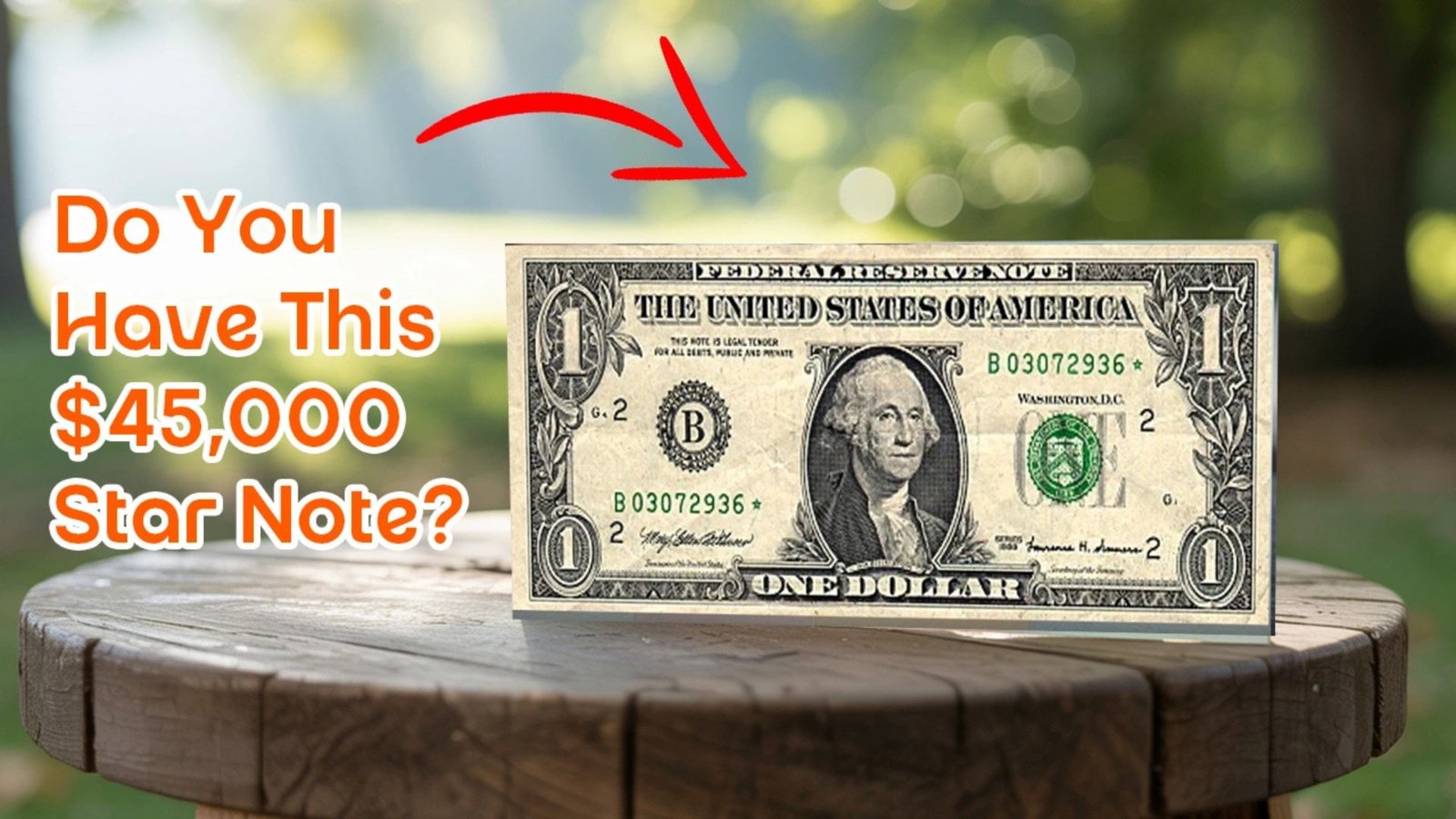
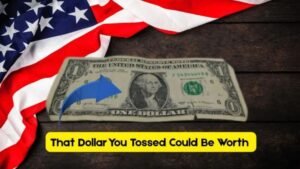
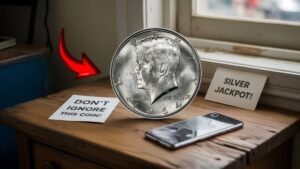

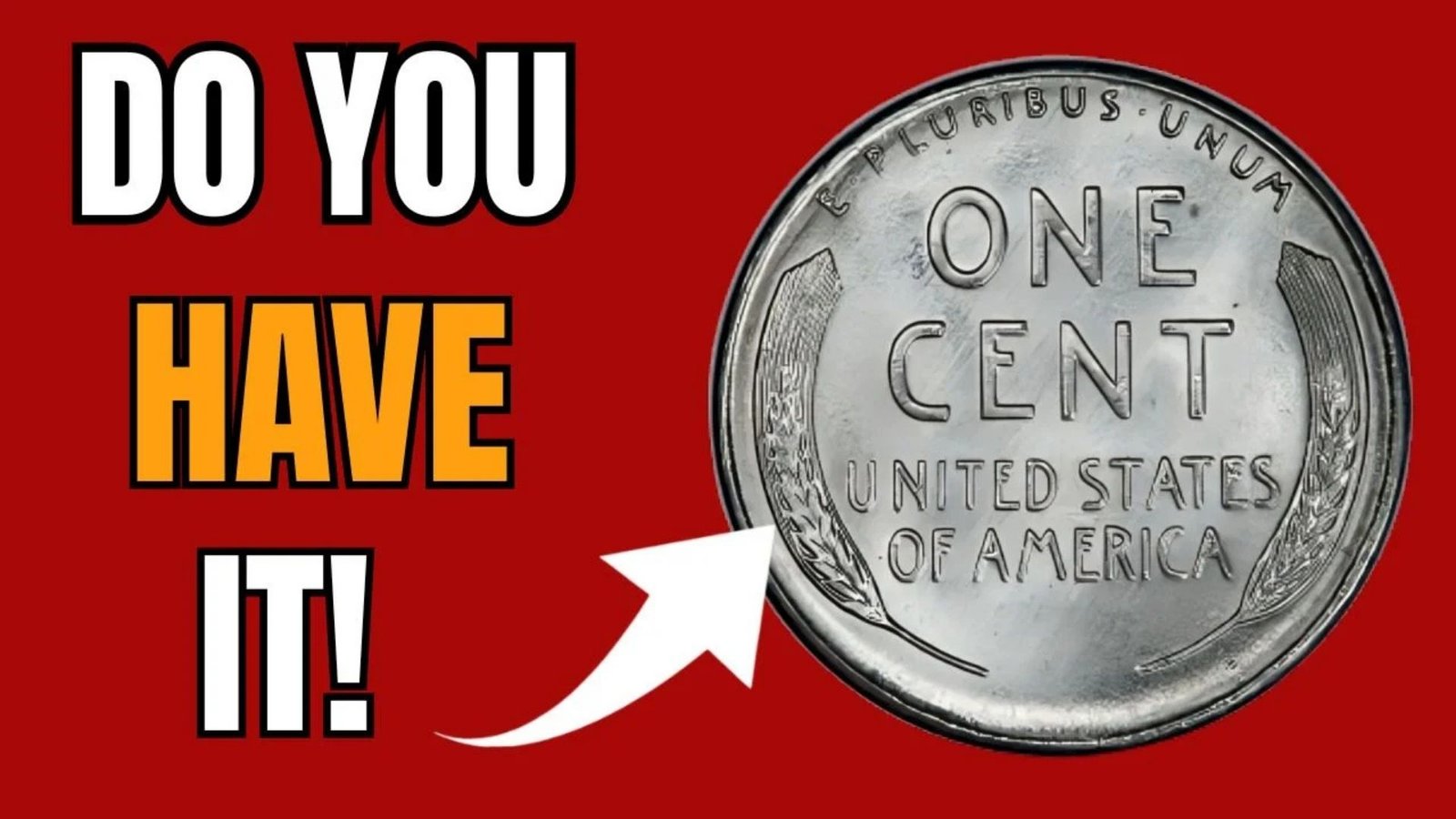
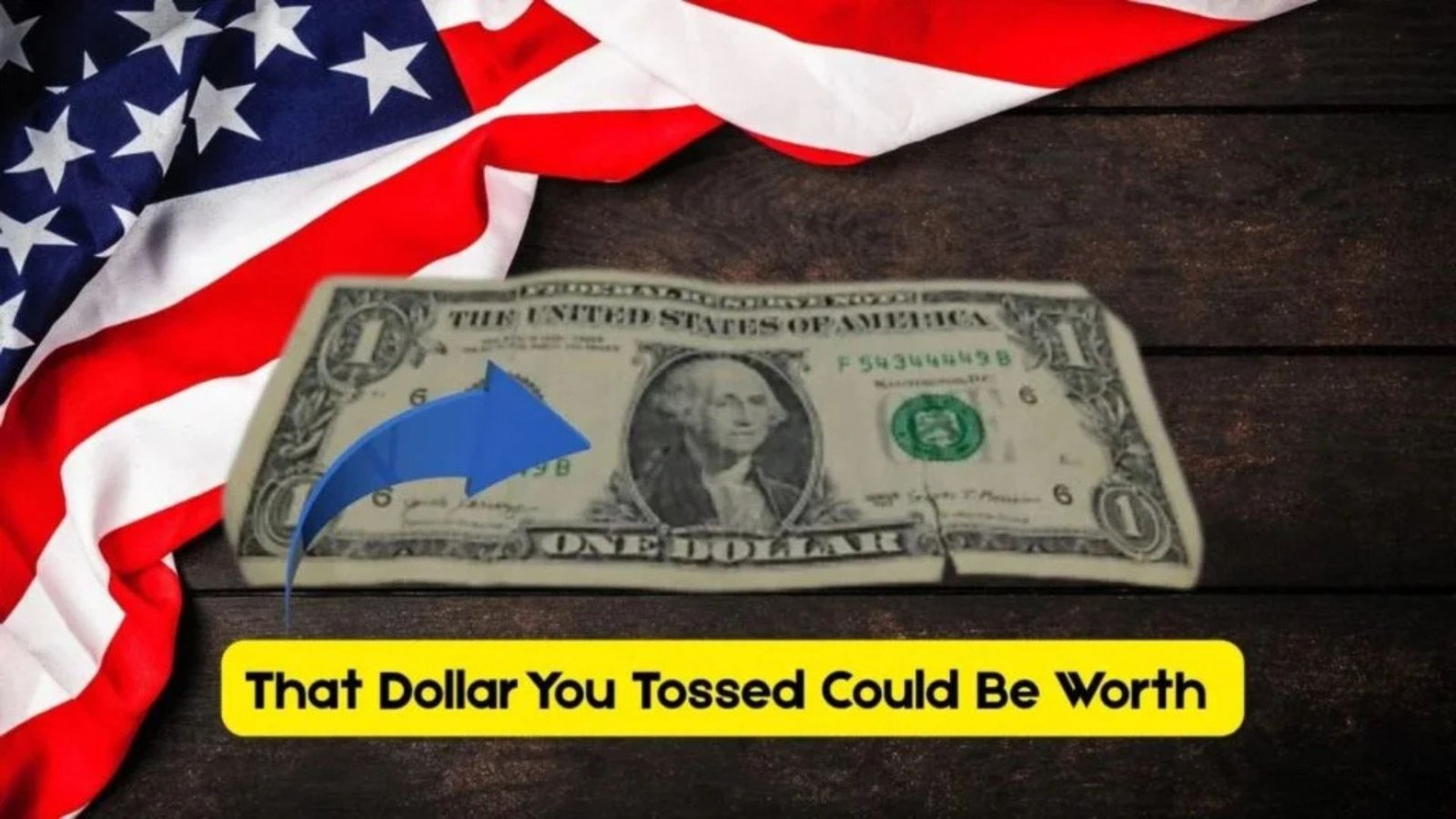
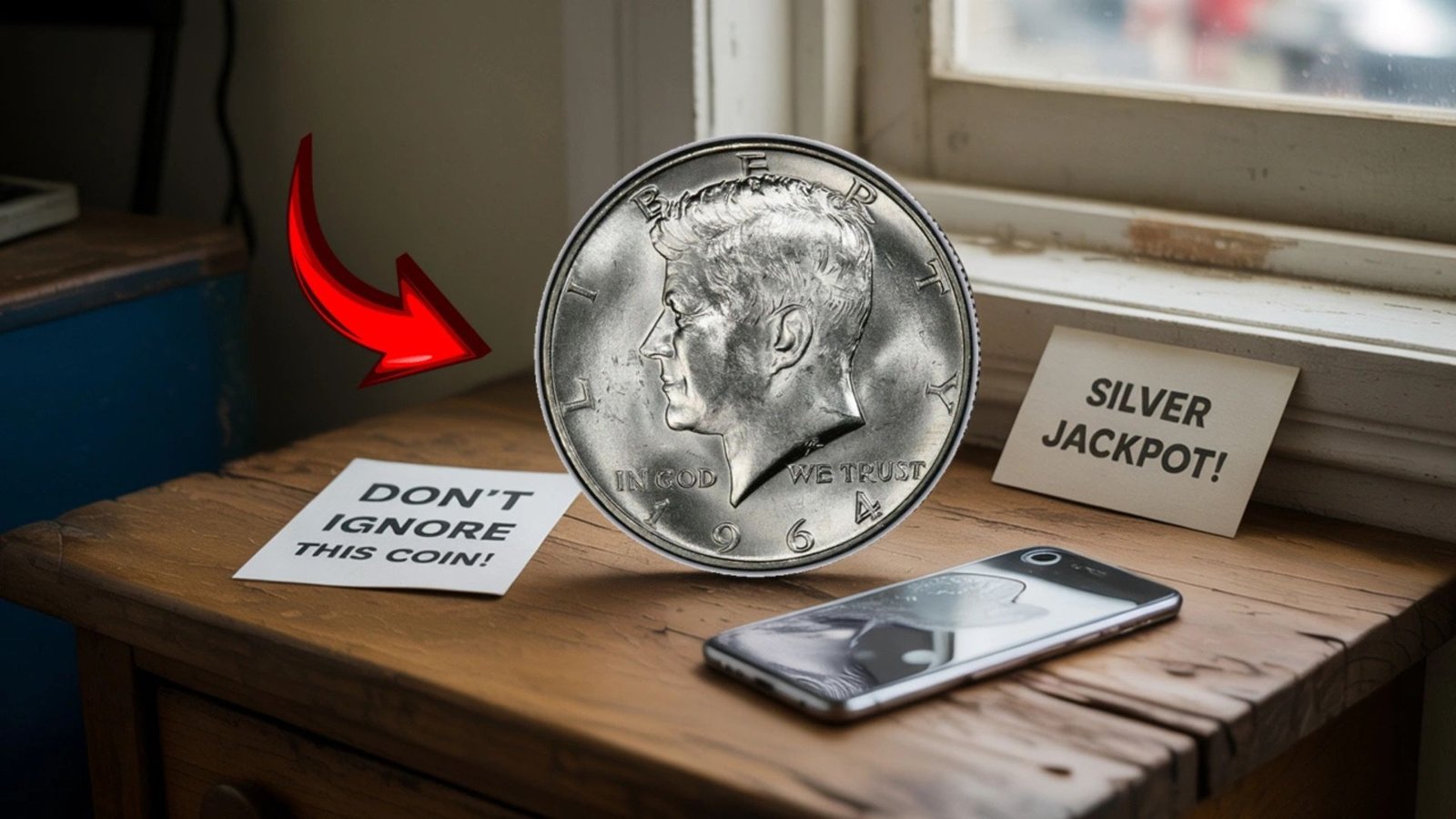
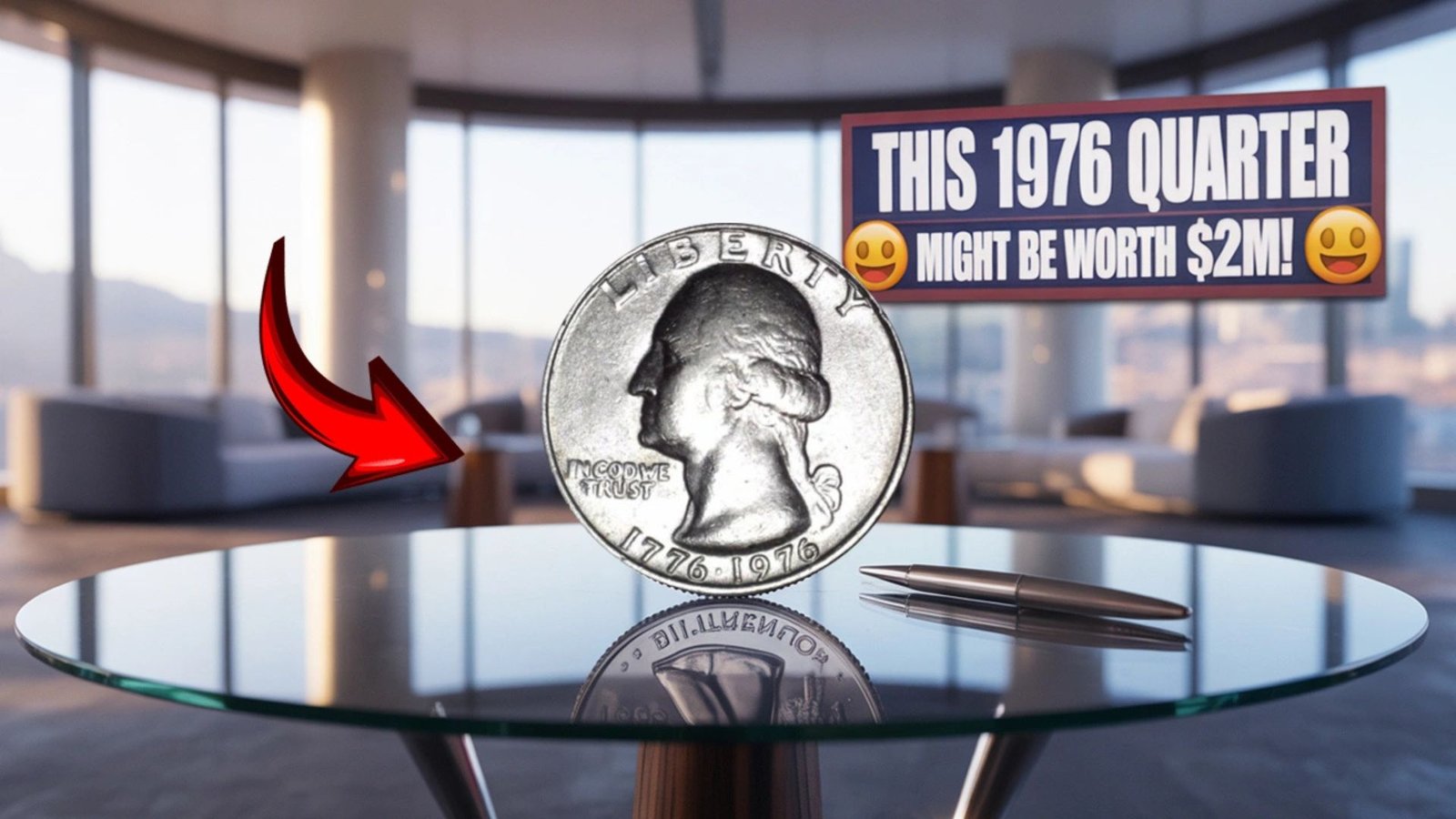

1 thought on “Check Your Bill: How to Spot a $1 Star Note Worth Over $45,000”